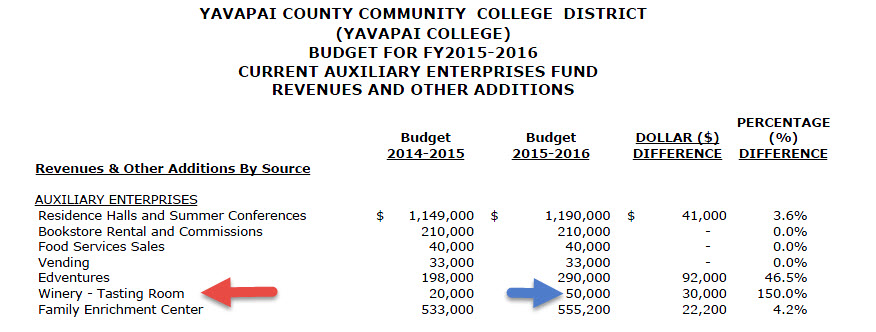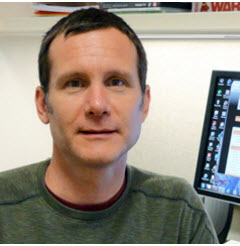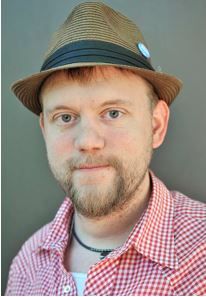Contributions from Foundation for Winery construction well below target
The eleven month report on anticipated revenue from the Yavapai College Foundation to help pay for the construction of the academic winery on the Verde Campus is concerning. The Foundation was budgeted to pay $116,000 toward the project but has not paid anything so far this year. According to Vice President Clint Ewell, it will pay something but he anticipates it will fall short of the target.
Ewell told the District Governing Board that he did not believe that the “Foundation would hit the target of $116,00 this year.” He explained the reason for this was that “some of the fundraising has slowed down from what was anticipated this year.” You may view Vice President Ewell’s explanation at the District Governing Board meeting on June 14 by clicking here.

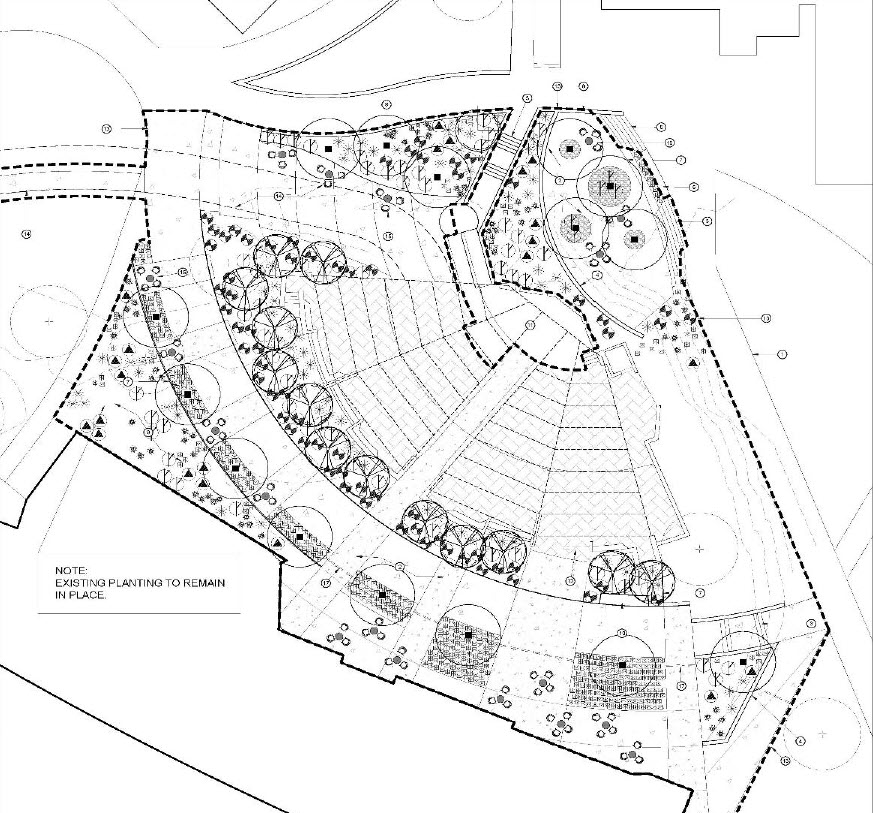
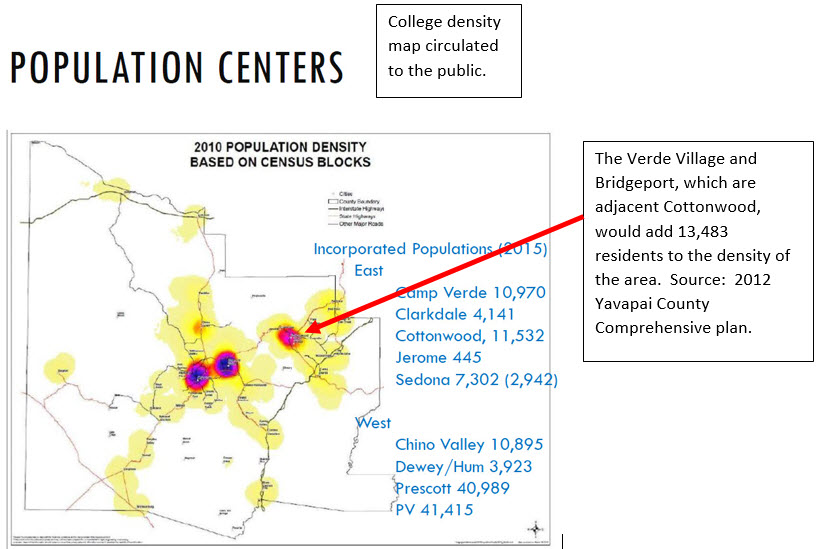
 Come and view the “amazing” art work created by Yavapai Community College faculty, which is produced on top of their demanding teaching schedules. Exhibiting art faculty this year include Laura Bloomenstein, Ben Norton, Richard Ozanne, Bennett Roti, and Thomas Schumacher.
Come and view the “amazing” art work created by Yavapai Community College faculty, which is produced on top of their demanding teaching schedules. Exhibiting art faculty this year include Laura Bloomenstein, Ben Norton, Richard Ozanne, Bennett Roti, and Thomas Schumacher.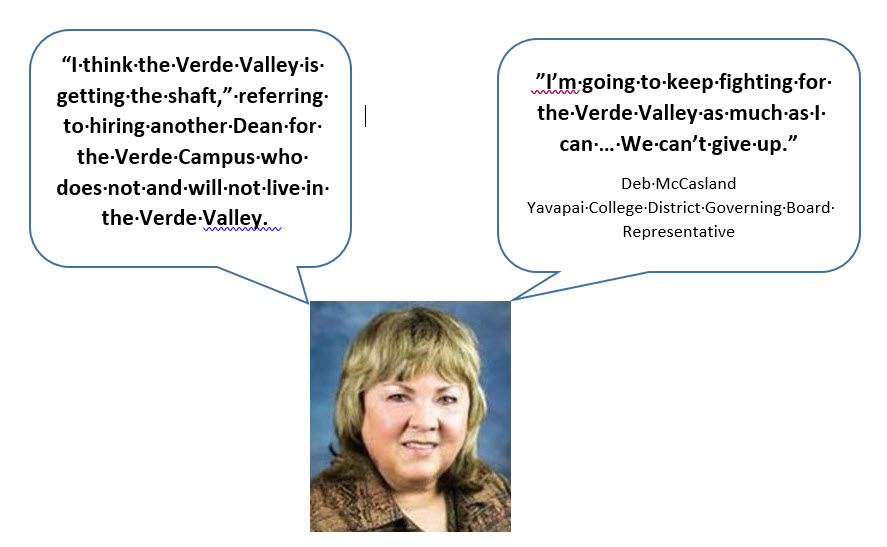
 This year it is expected to bring in $50,000 in revenue, according to the budget adopted by the College Governing Board. That portion or the budget is reproduced below.
This year it is expected to bring in $50,000 in revenue, according to the budget adopted by the College Governing Board. That portion or the budget is reproduced below.